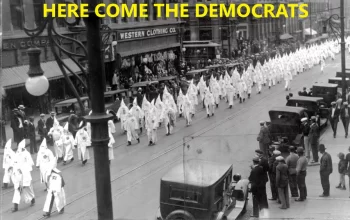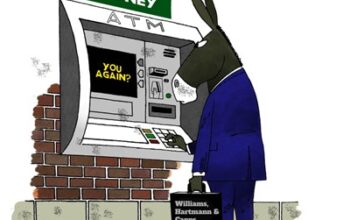If all goes well, and the California High Speed Rail Authority can find another $150 billion, the train to nowhere MIGHT get going in 20240—as a reminder, it was supposed to start in 2022. Then they tell us the cost of a ride.
“HSRA plans on charging $86 per one-way ticket from SF to LA, which is more expensive than flying. However, should private rail operator Brightline’s ticket cost projections for its LA to Los Vegas line be any indication, HSRA’s tickets could end up much more expensive. Brightline plans on charging $40 (cheapest) to $200 (peak) for standard seats for the 218 mile journey. Brightline’s line is expected to cost $12 billion, or $55 million per mile, compared to HSRA’s $205 million per mile for its initial operating segment.
HSRA estimates the project is 98.4% likely to break even by 2040 on a SF to Bakersfield segment, if completed by then, but based on the Brightline to HSRA cost ratios, HSRA may need to charge significantly more than it has stated it will to break even. Charging more would erode the route’s comparatively higher cost and longer travel time than air travel, and thus likely reduce future ridership even further.”
But with 14 years of inflation, union contracts, added costs, the $86 one way ride should be in the neighborhood of $250 round trip. This is being built for the rich, with no cares about time.
When will we pull the plug on this scam?
California high speed rail plan running out of money, demands rainy day support
HSRA plans on charging $86 per one-way ticket from SF to LA, which is more expensive than flying.
By Kenneth Schrupp,The Center Square, 3/12/24 https://justthenews.com/nation/states/center-square/california-high-speed-rail-plan-running-out-money-demands-rainy-day
(The Center Square) – California’s high speed rail authority’s business plans include requesting the state deploy its rainy day funds to plug an $8 to $10 billion funding gap. Due to population decline, ridership estimates declined over the past year for the main Los Angeles to San Francisco segment from 31.3 million per year to 28.4 million per year.
The San Francisco to Anaheim high speed rail plan, approved by voters in 2008 with a $9.95 billion bond, is expected to connect Los Angeles to San Francisco in two hours and 40 minutes via high speed rail. The California High Speed Rail Authority estimates this project will cost between $89 and $128 billion and may be complete by 2040.
The initial Merced to Bakersfield 171 mile segment is estimated to cost between $30 and $33 billion and be completed between 2030 and 2033. $18 billion has already been spent on the total HSR project, including securing land and environmental approvals for the project — 422 of 463 miles of the train between downtown San Francisco and downtown Los Angeles have already been cleared.
“We voted for it in 2008 and were told we would get it in 2020. Now we’re told to expect 171 miles of service between Merced and Bakersfield starting in 2030-2033,” said Cato Institute Policy Analyst Marc Joffe on X, formerly known as Twitter.
However, with a major funding gap, and a sunset of California’s cap-and-trade program in 2030 — “the only means of ongoing state funding” for the project, the financial future of even the first operating segment is in jeopardy.
As a result, HSRA’s updated business plan includes a recommendation that the state provide funding through its rainy day fund, and extend the cap-and-trade program, which requires credits to be purchased to offset greenhouse gas emissions, through 2050.
HSRA plans on charging $86 per one-way ticket from SF to LA, which is more expensive than flying. However, should private rail operator Brightline’s ticket cost projections for its LA to Los Vegas line be any indication, HSRA’s tickets could end up much more expensive. Brightline plans on charging $40 (cheapest) to $200 (peak) for standard seats for the 218 mile journey. Brightline’s line is expected to cost $12 billion, or $55 million per mile, compared to HSRA’s $205 million per mile for its initial operating segment.
HSRA estimates the project is 98.4% likely to break even by 2040 on a SF to Bakersfield segment, if completed by then, but based on the Brightline to HSRA cost ratios, HSRA may need to charge significantly more than it has stated it will to break even. Charging more would erode the route’s comparatively higher cost and longer travel time than air travel, and thus likely reduce future ridership even further.



